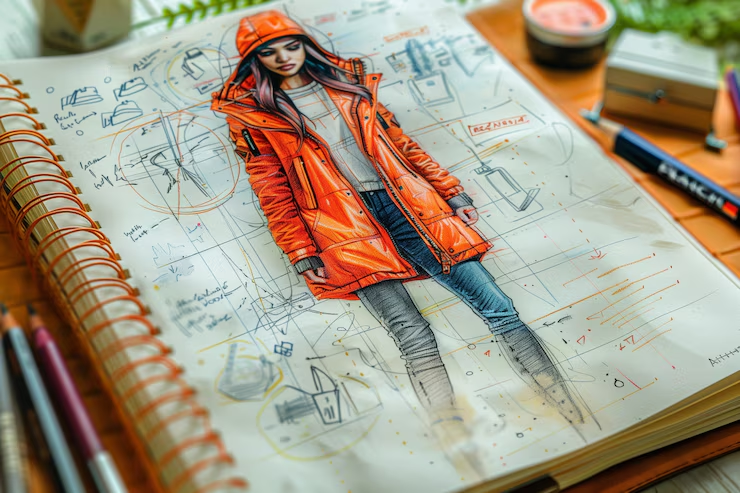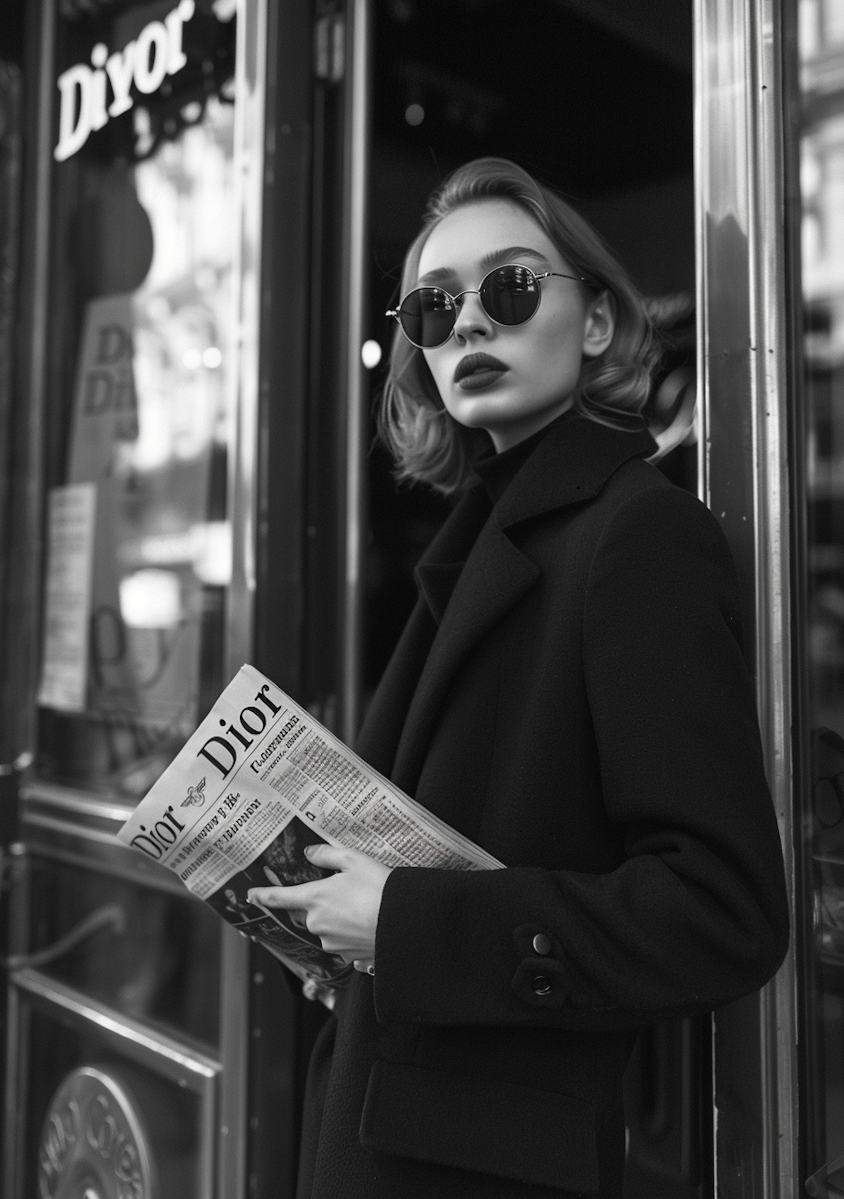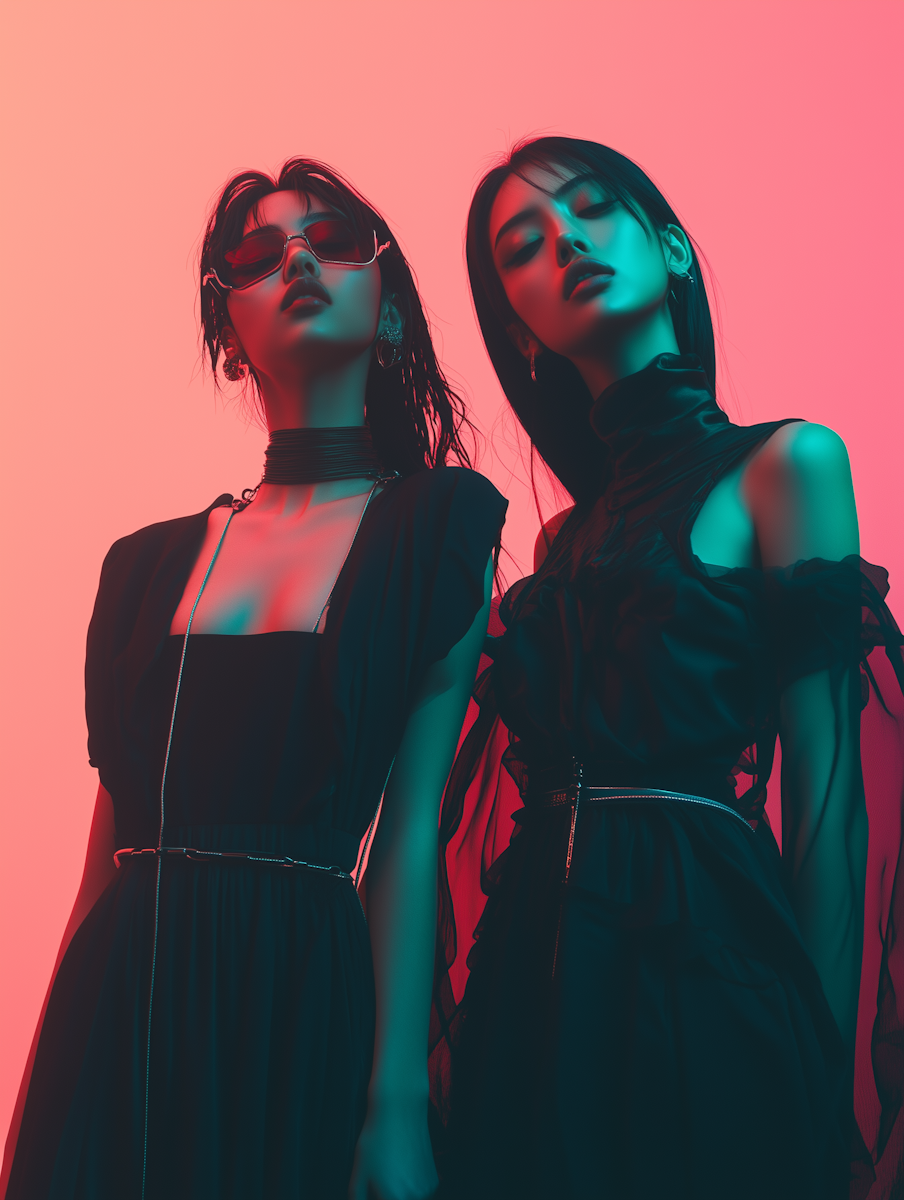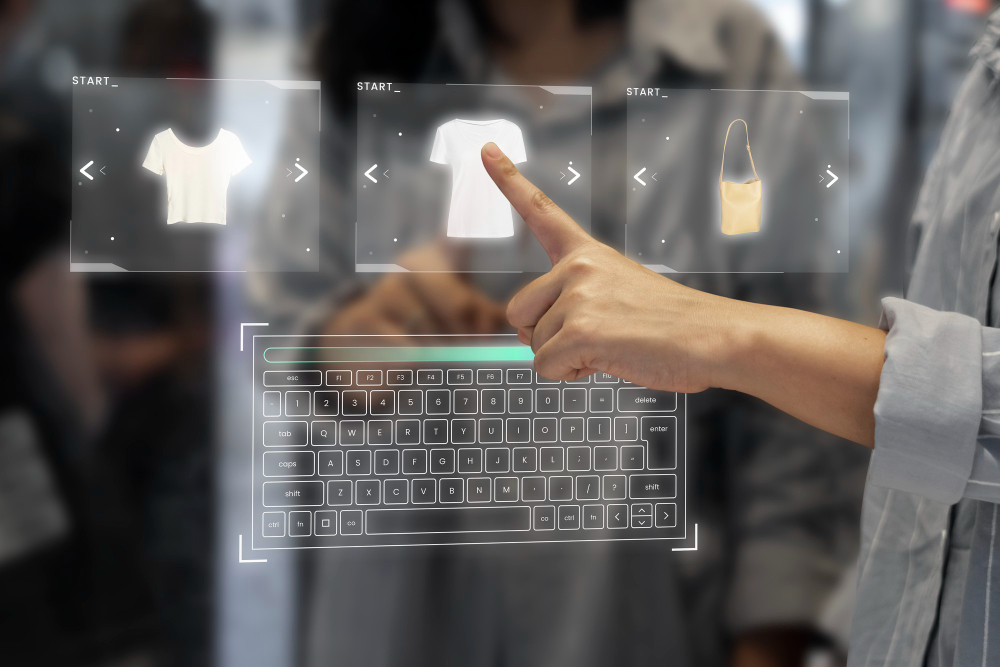Table of contents
Unveiling the Creative and Commercial Journey Behind Every Collection
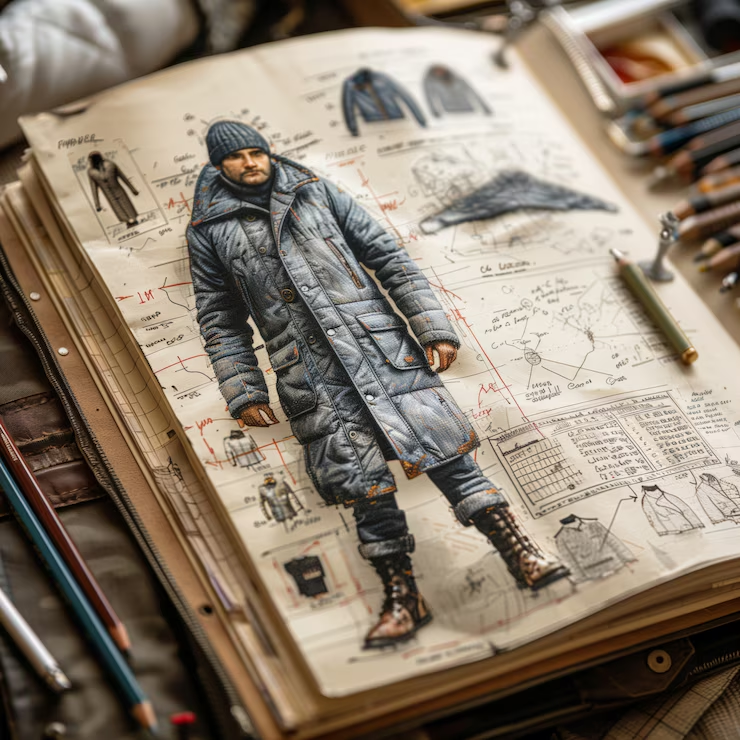
Behind every runway moment, retail launch, or online fashion drop lies a complex process that blends art, business, and logistics. The journey From Sketch to Store is far more than just fabric and thread—it’s a strategic sequence of creativity, prototyping, production, and promotion. Whether it’s a high-end couture piece or a ready-to-wear collection, each item in a fashion line undergoes a meticulous transformation before it ever reaches your closet.
In this blog post, we’ll walk you through each phase of how a fashion line is made—from the initial idea on paper to the final product in a consumer’s hands—and explore why understanding this process is essential for both aspiring designers and fashion lovers alike.
Step 1: Inspiration and Concept Development
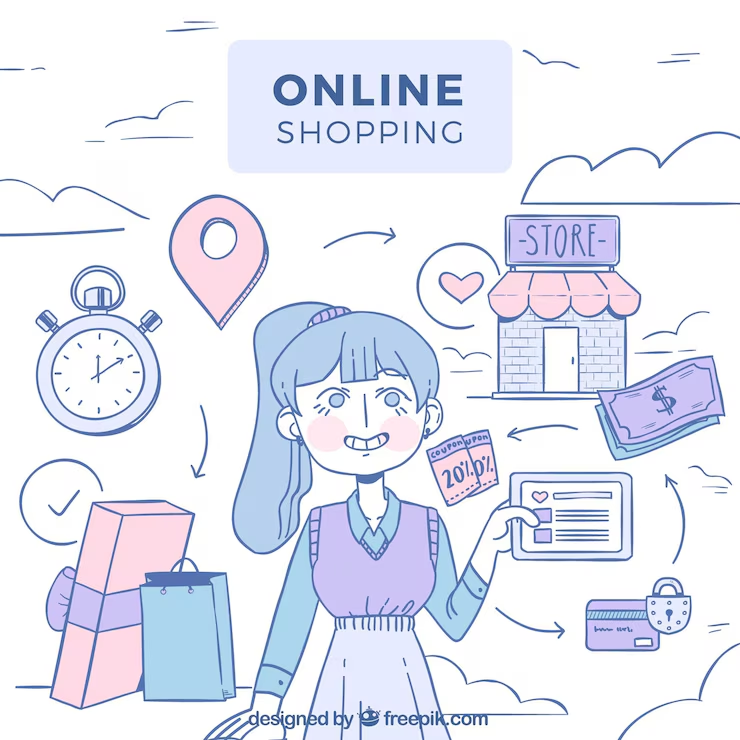
Every fashion line begins with a vision. Designers pull inspiration from art, culture, nature, history, or current events. This is the brainstorming stage, where themes, moods, colors, and silhouettes start to form a cohesive concept. Mood boards and fabric swatches become visual anchors for the season’s narrative.
This phase sets the tone for the entire journey From Sketch to Store and is often where designers define the identity and intention of the collection.
Step 2: Sketching and Design Drafting
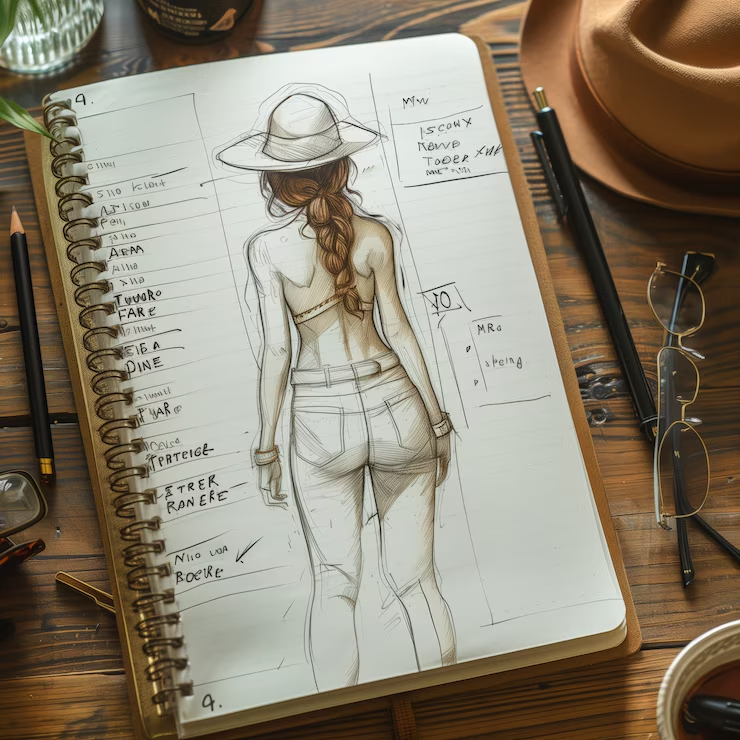
Once the concept is solidified, designers begin sketching their ideas. These fashion illustrations are refined repeatedly to communicate the cut, fit, and style of each garment. Alongside sketches, designers determine fabric types, colors, trims, and embellishments.
CAD (Computer-Aided Design) software is often used in modern design houses to translate hand-drawn sketches into detailed technical specs that manufacturers can interpret. These early blueprints are the foundation of any collection’s journey From Sketch to Store.
Step 3: Prototyping and Sample Making
With designs finalized, sample garments or prototypes are created. This is the first time the concept comes to life in a physical form. Samples allow designers to assess how a garment looks, fits, and moves. It’s also when pattern makers step in to craft patterns based on the sketches.
Multiple rounds of fitting and adjustments are made before reaching the final sample. This stage is crucial for troubleshooting design or construction issues early in the production process.
Step 4: Production and Manufacturing
After approval, garments are ready for bulk production. Designers work with factories—either local or overseas—to manufacture the line. This step includes sourcing materials, managing lead times, and overseeing quality control. Garment production requires seamless coordination across supply chains to ensure each piece matches the designer’s original vision.
The fashion line is now one step closer to going From Sketch to Store, with hundreds or thousands of pieces ready for market.
Step 5: Marketing, Sales, and Distribution
The final stage is getting the fashion line into consumers’ hands. Brands launch marketing campaigns, lookbooks, influencer collaborations, and runway shows to generate buzz. Sales teams pitch to retailers and boutiques, or the line is sold directly via e-commerce platforms.
Distribution logistics ensure that inventory reaches stores and fulfillment centers. After months—sometimes years—of hard work, the journey From Sketch to Store is complete when a customer finally makes a purchase.
Frequently Asked Questions
A: It typically takes 6 months to a year, depending on the complexity of the designs, production scale, and market strategy.
A: Not always. Many use digital design software like Adobe Illustrator or CLO3D, but hand sketching is still popular for initial ideas and artistic exploration.
A: A sample is a prototype used to test design, fit, and functionality before bulk production. It’s essential for spotting and fixing issues early.
A: No. Some collections are produced in limited quantities, especially in haute couture or sustainable fashion models focused on small-batch production.
A: Yes! With the rise of print-on-demand services, crowdfunding, and digital marketing, independent designers can now create and sell their own lines without large upfront investments.

